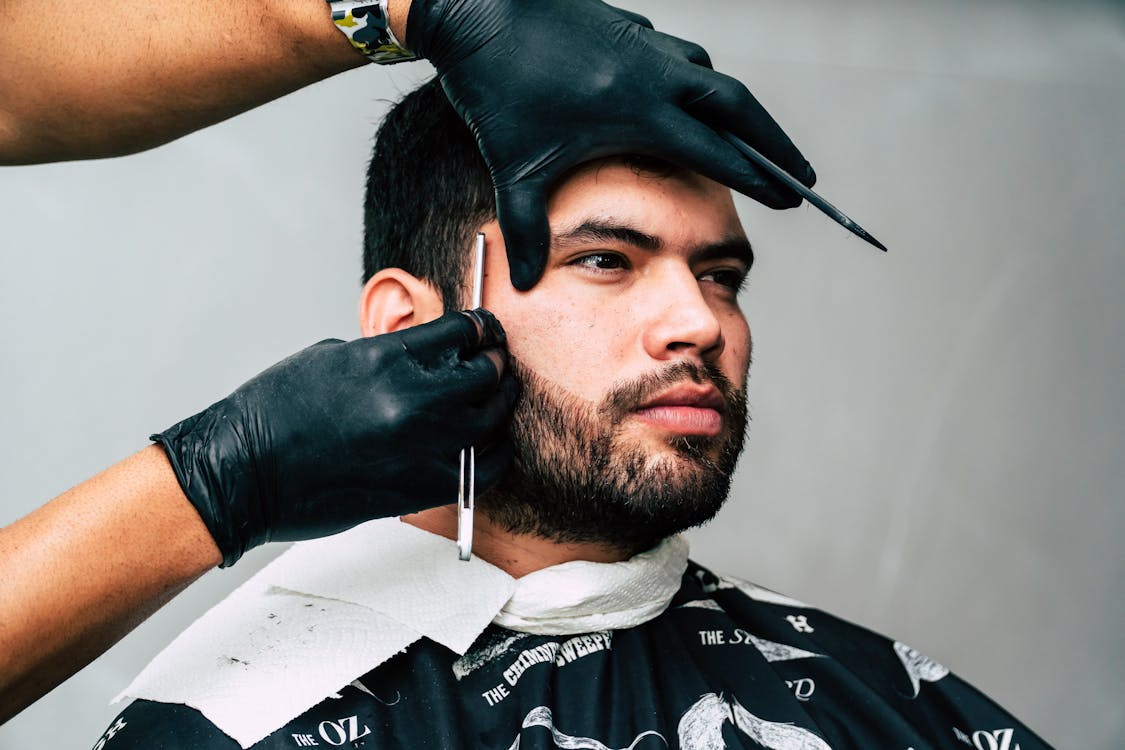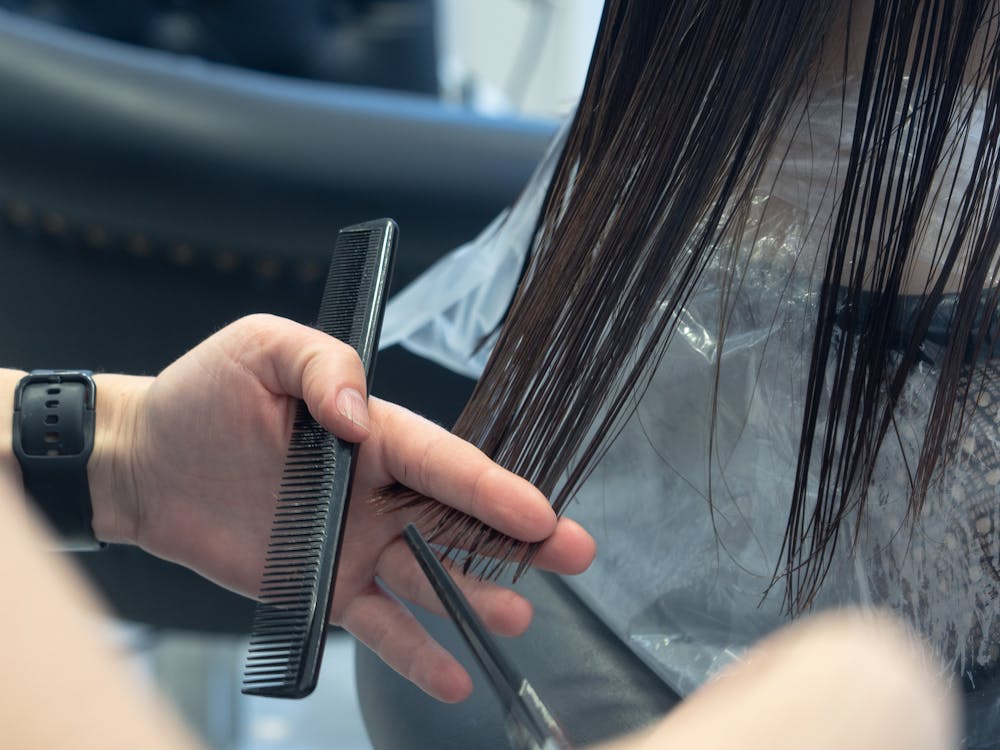Losing your hair can be a traumatic experience for both men and women. It is often associated with aging and can make you feel self-conscious and unattractive. If you are starting to lose your hair, or if you have already lost a significant amount, don’t worry – there are things that you can do to deal with the problem! In this blog post, we will discuss the causes of hair loss, and provide tips on how to deal with it.
1.Scalp micropigmentation
Scalp micro pigmentation is one of the most popular treatments for thinning hair. It involves injecting tiny amounts of pigment into the scalp, which helps to create a look of thicker and fuller hair. The results are often undetectable to the eye, as they blend in perfectly with your natural hair color. This treatment is also incredibly safe, with no downtime and minimal risk involved. The Scalp Micropigmentation procedure can take anywhere from a few hours to several days, depending on the extent of thinning hair in the area. It is important to consult a qualified professional who can assess your case before deciding whether this treatment is suitable for you.
2. Hair transplant surgery
Hair transplant surgery can be an effective way to restore lost hair, although it is not suitable for everyone. It involves removing healthy follicles from the back and sides of your scalp and transplanting them into bald or thinning areas. The process can take several hours, depending on the number of grafts being transplanted. It also requires a few weeks for recovery before you start seeing results. This treatment is most effective if used in combination with other treatments such as topical medications, laser therapy, or minoxidil solutions. As with any medical procedure, it is important to consult a qualified professional before deciding whether this treatment is suitable for you.
3. Hair replacement systems
If you are looking for a more temporary solution to thinning hair, a hair replacement system could be the answer. These systems are designed to mimic your natural hair, providing a more realistic and cosmetically pleasing solution to baldness or thinning. They can usually be made of synthetic or human hair, which gives you complete control over how you style and color your hair. This treatment is non-invasive and relatively low-cost compared to other methods. However, it does not provide any permanent results and will need to be replaced after a few months to maintain its appearance.
4. Dietary modifications
Making changes to your diet can also help with thinning hair. Eating foods that are rich in vitamins and minerals such as zinc, iron, and B vitamins can provide essential nutrients for healthy hair growth. Eating foods such as lean proteins, fruits and vegetables can also help to nourish your scalp and prevent further hair loss. Additionally, reducing stress levels through exercise, meditation or yoga can help to reduce the number of hormones released in the body which may be causing your thinning hair.
5. Natural treatments
There are also a variety of natural remedies that can help to nourish the scalp and encourage new hair growth. Massaging your scalp with essential oils such as rosemary, lavender or sage can help to stimulate circulation and promote healthy growth. Additionally, applying onion juice or garlic juice directly onto the scalp may help to reduce inflammation and contribute towards healthier hair. It is important to consult a qualified professional before deciding which treatment is best for you.
6. Minoxidil
Minoxidil is a topical medication that can be used to treat thinning hair. It works by reducing the activity of certain hormones in the body which may be causing hair loss. This treatment is generally safe and easy to use, although it does not work for everyone. Additionally, there may be side effects such as skin irritation or an increase in facial hair growth when using minoxidil. It is important to consult a qualified professional before deciding whether this treatment is suitable for you.
Why is it important to seek professional help when dealing with thinning hair?
It is important to seek professional help when dealing with thinning hair because they can assess, diagnose and provide the best course of treatment for your particular situation. A qualified doctor or dermatologist will be able to advise you on the various methods available and which one may be most suitable for your case. Additionally, a qualified professional will also be able to monitor any changes in your condition and ensure that the treatment being used is effective. If left untreated, thinning hair can lead to further health complications such as anxiety and depression, so seeking professional help early on is essential.

Thinning hair does not have to be an unmanageable problem. With proper care, knowledge, and attention, it is possible to restore your locks to their former glory. Whether you opt for one of the many treatments available or decide to make dietary modifications, there are solutions out there to help you deal with your thinning hair. Contact a qualified professional today and learn more about how to properly deal with thinning hair. Good luck!
Published by HOLR Magazine.



